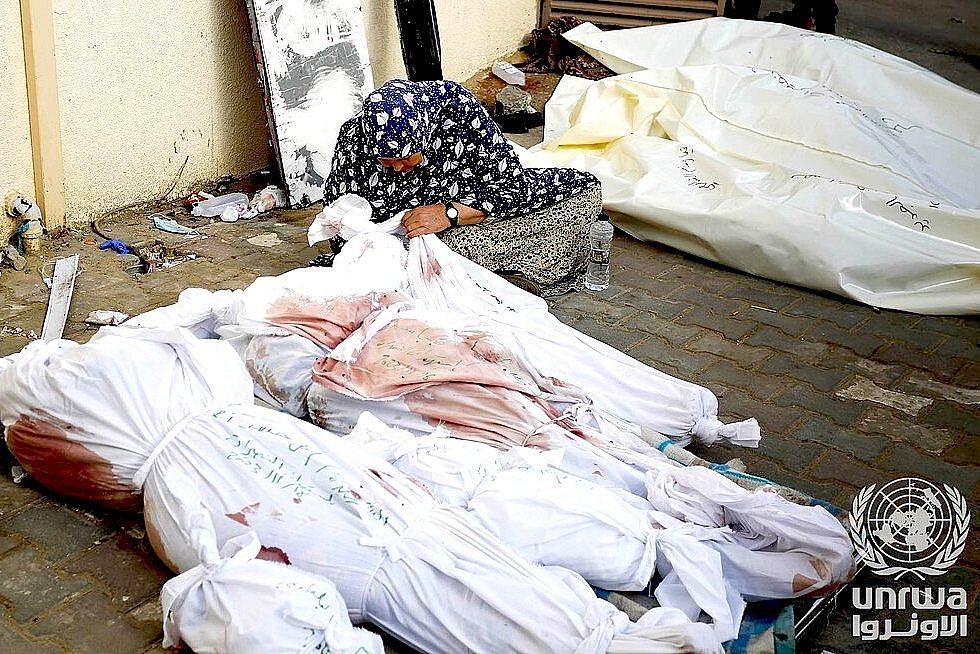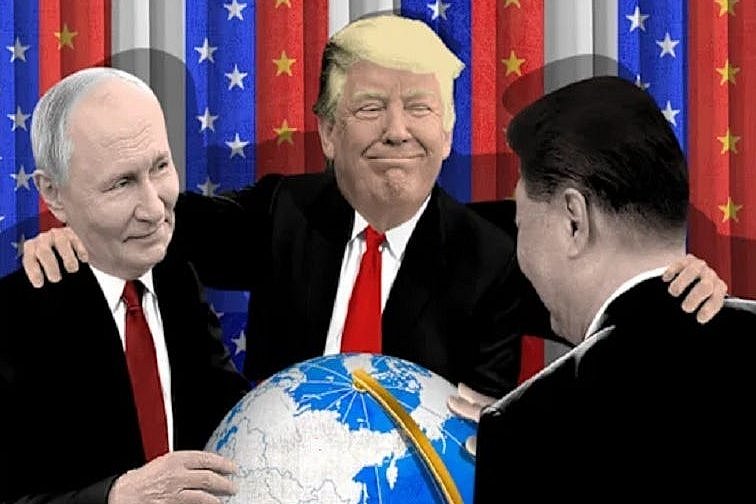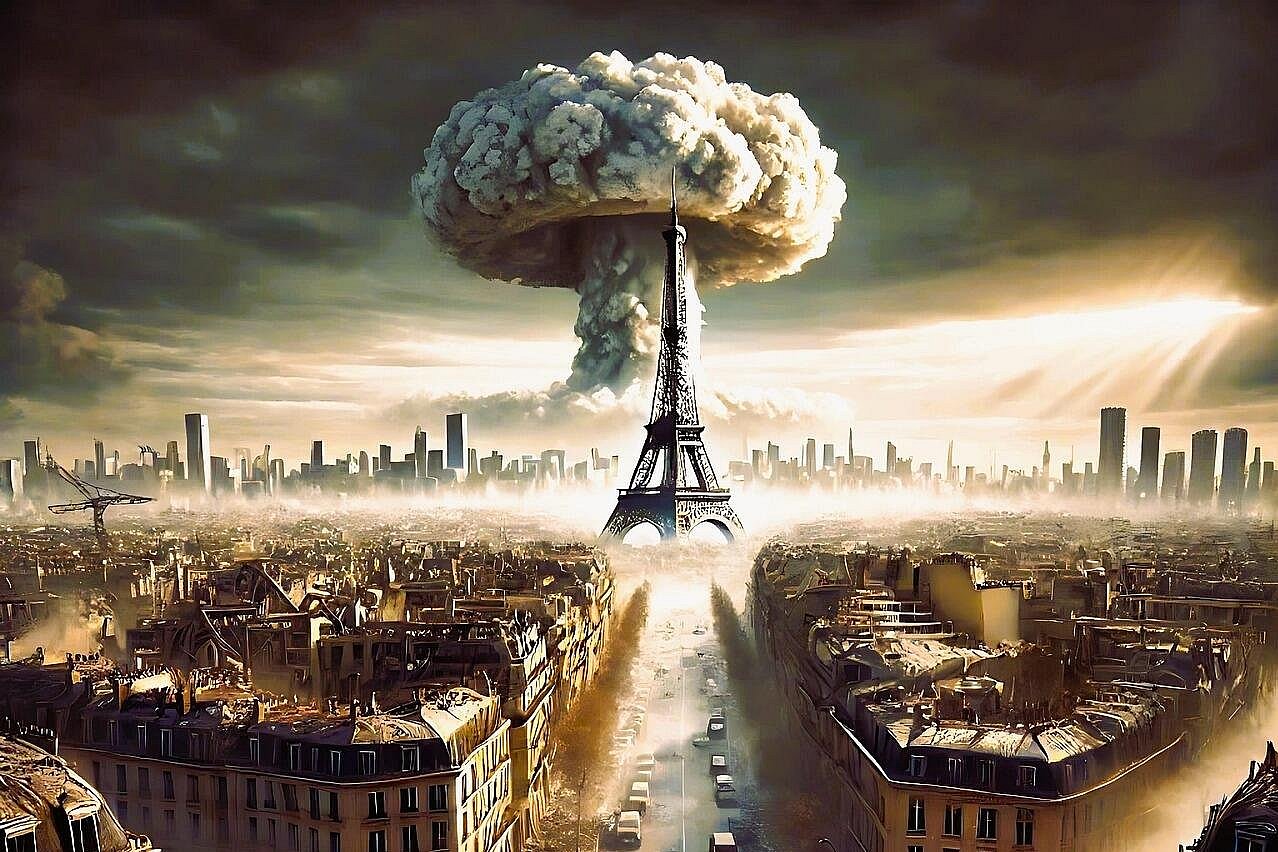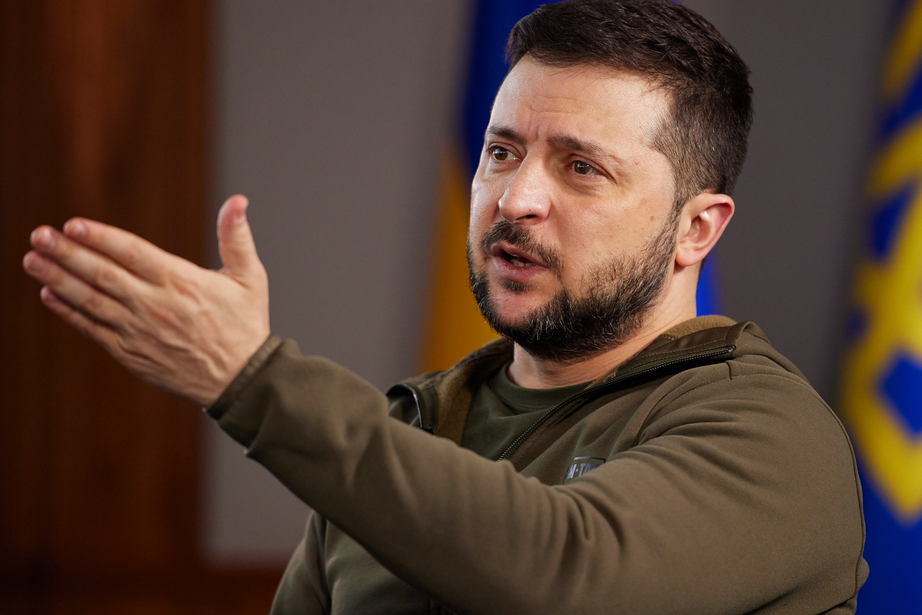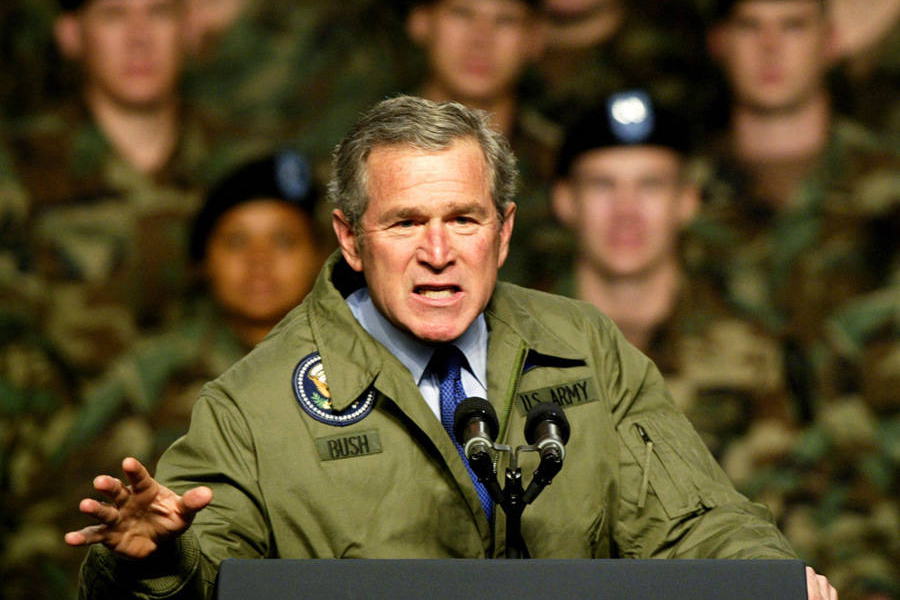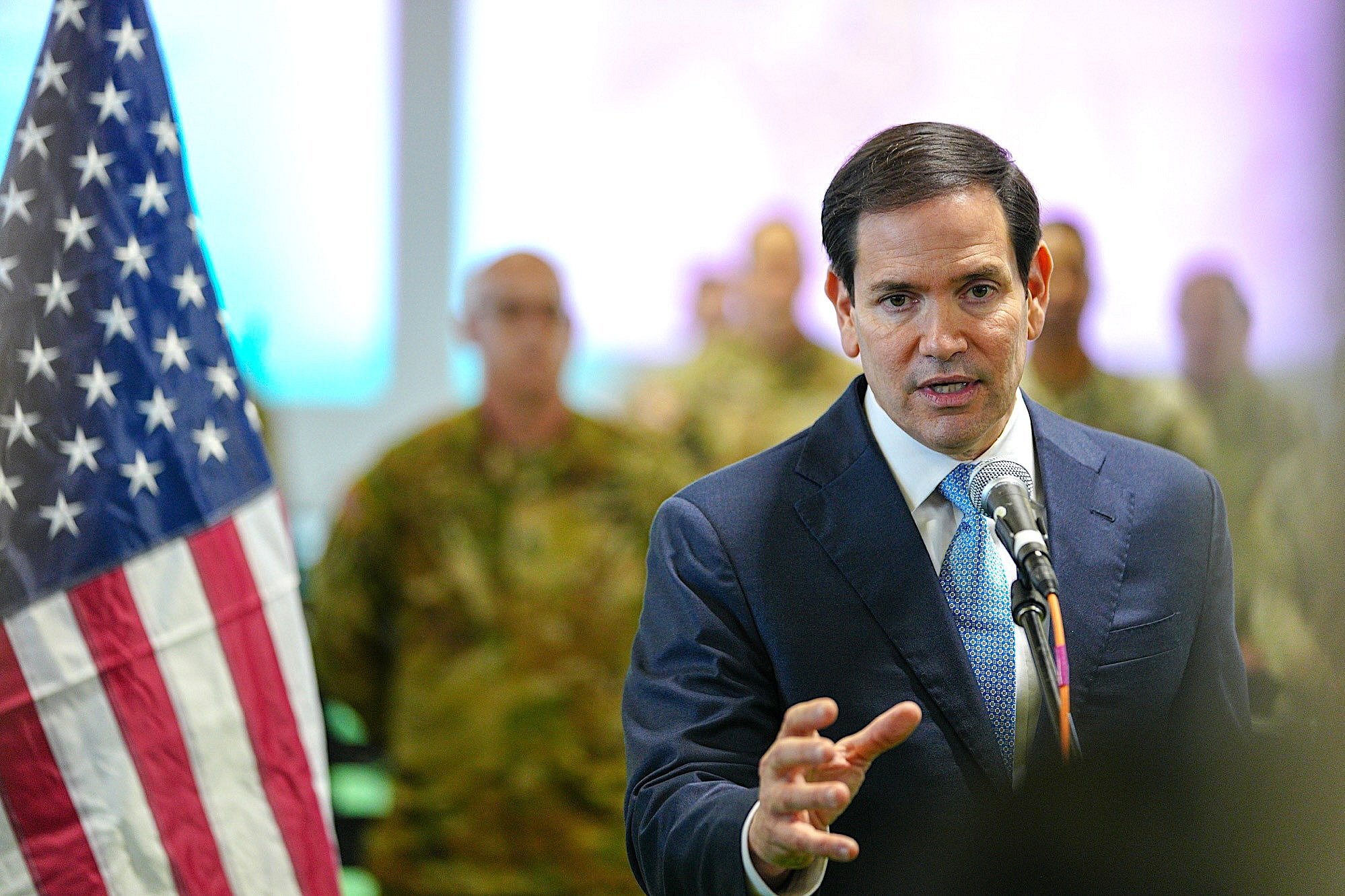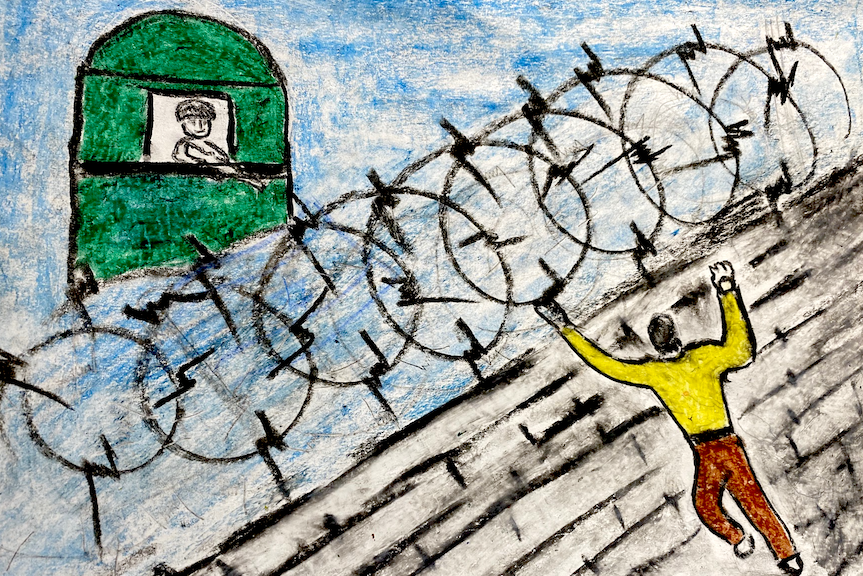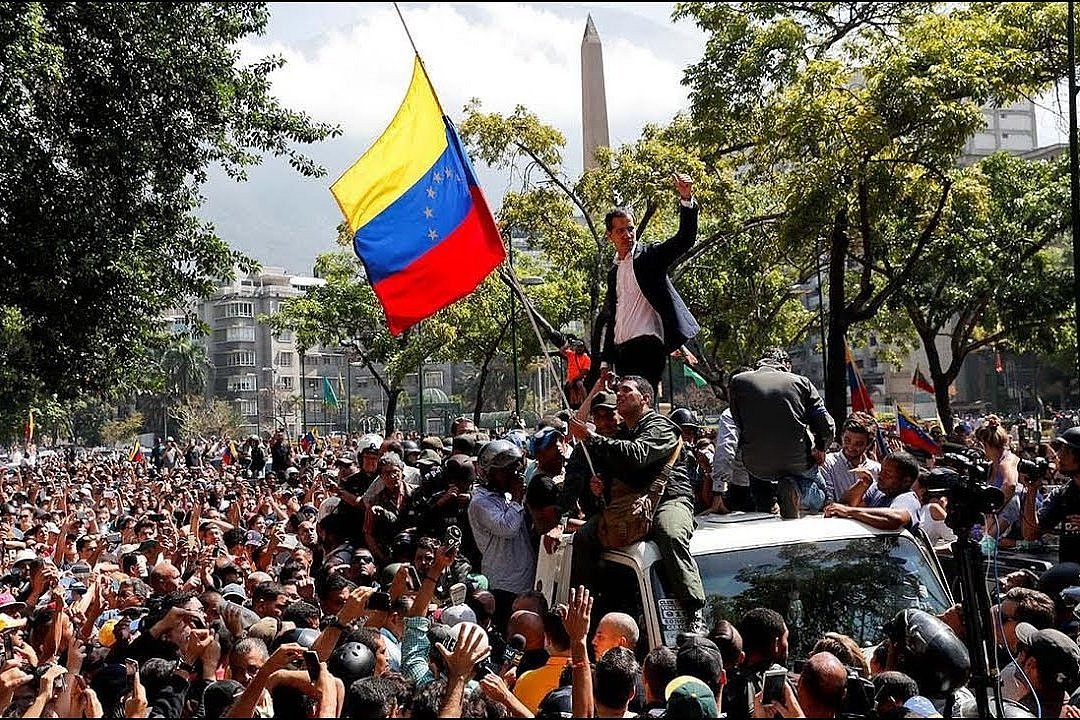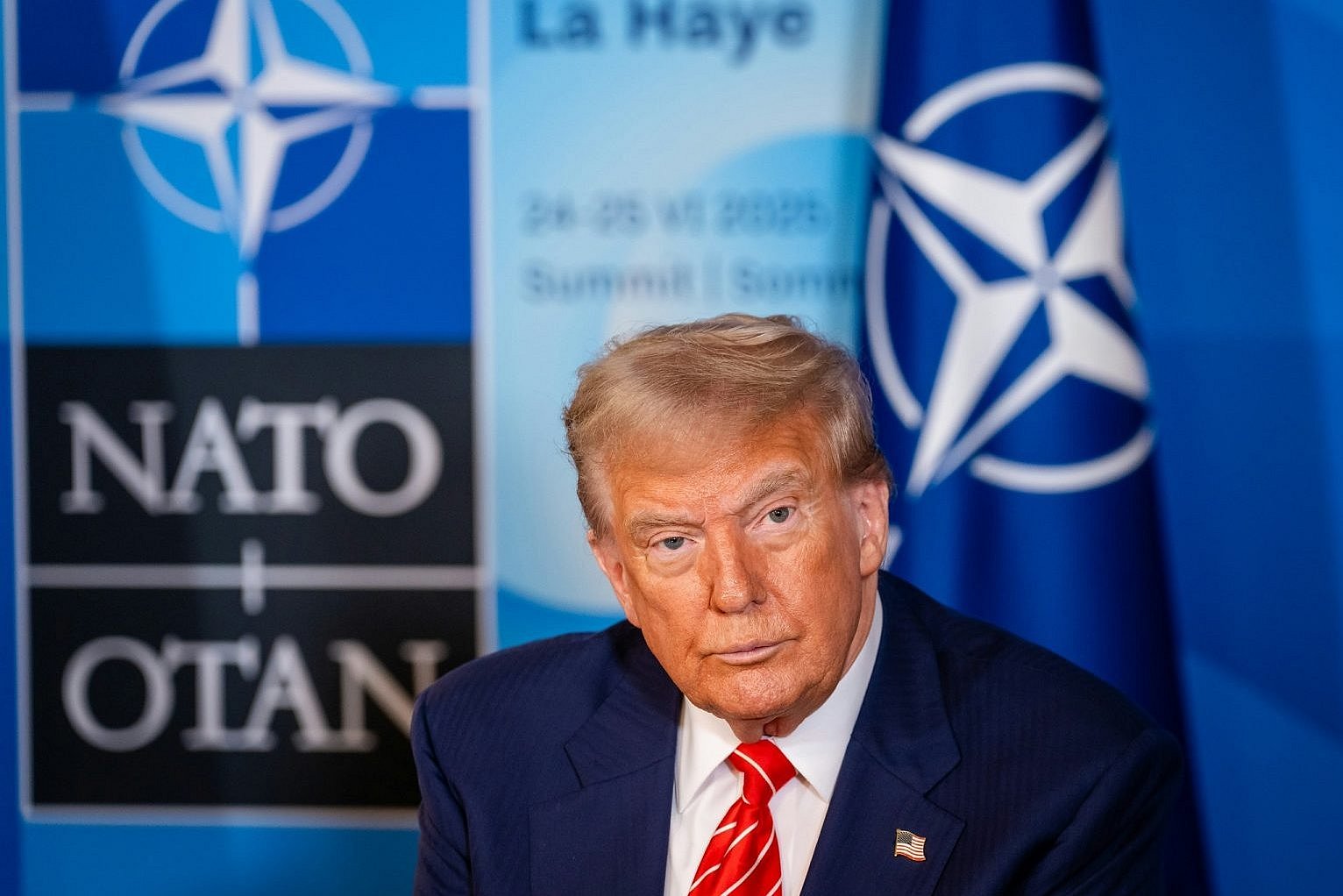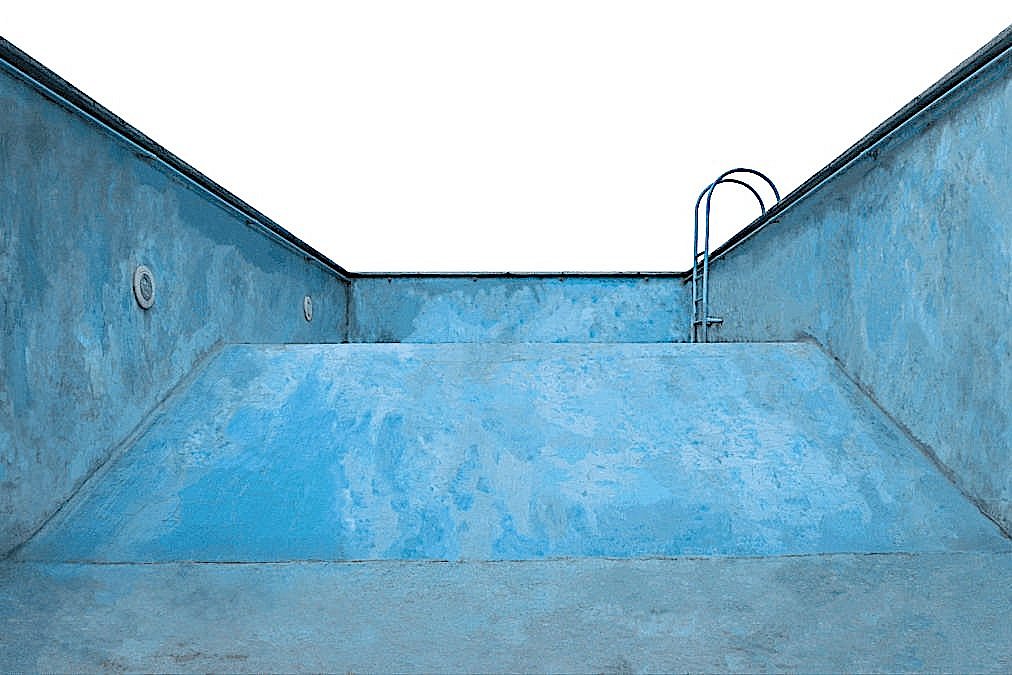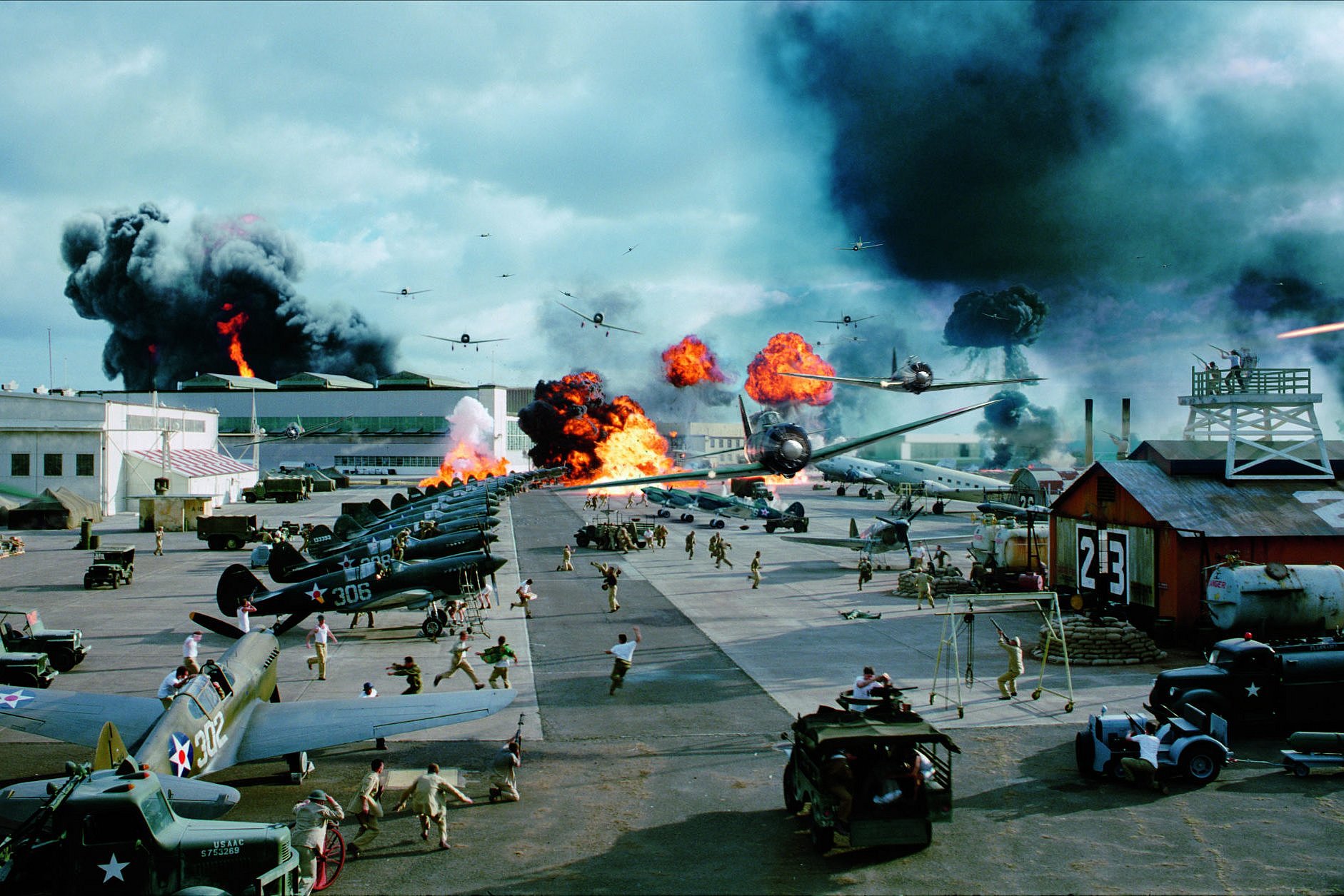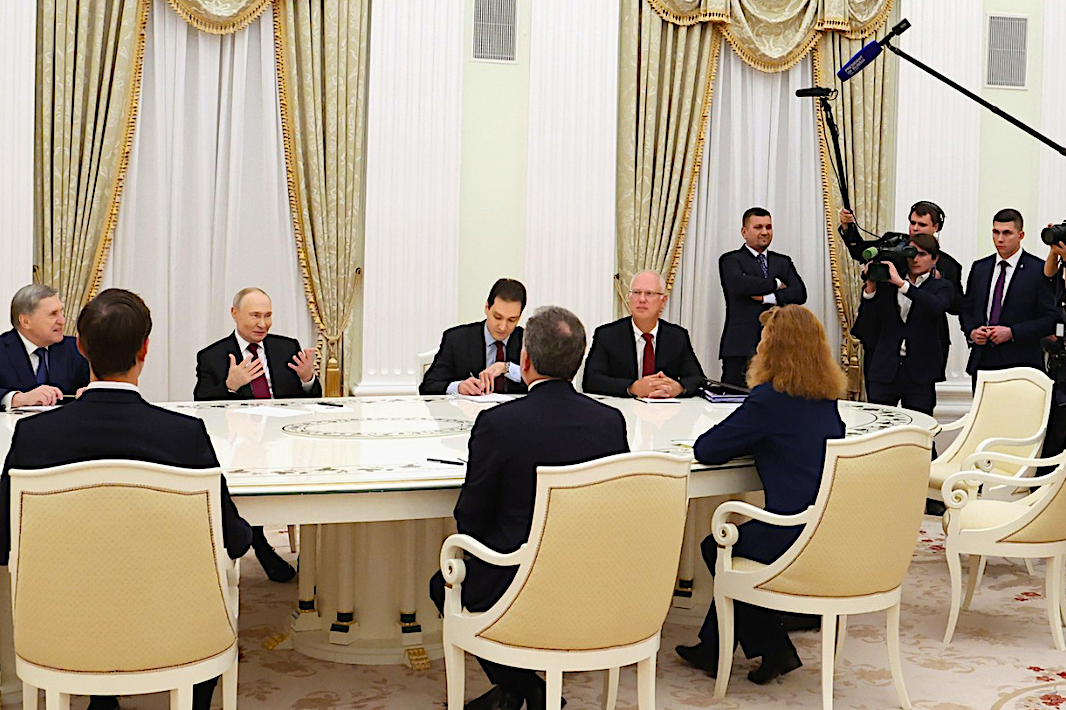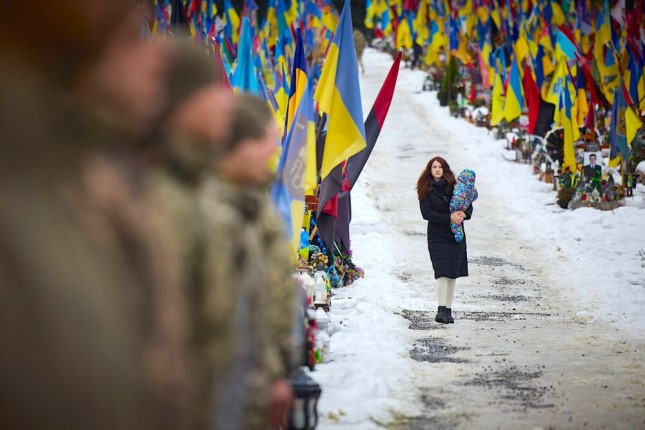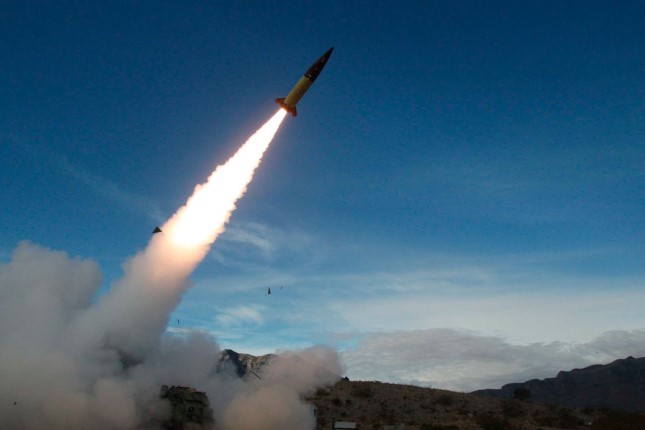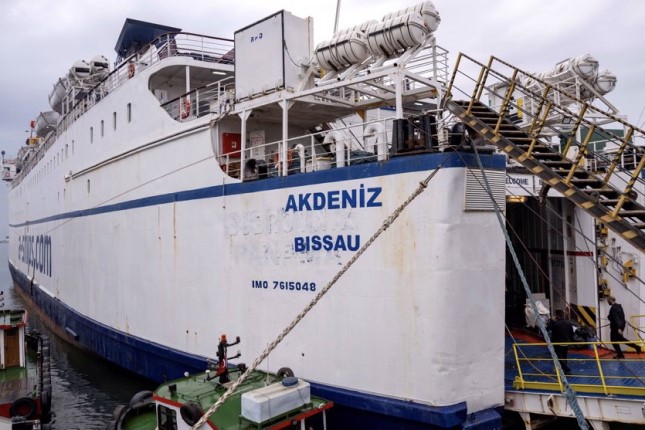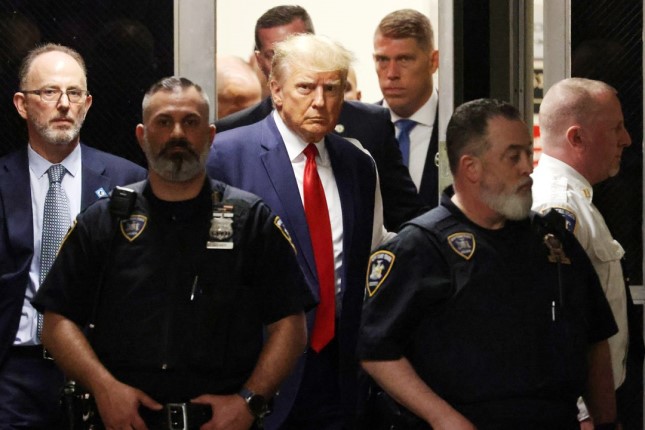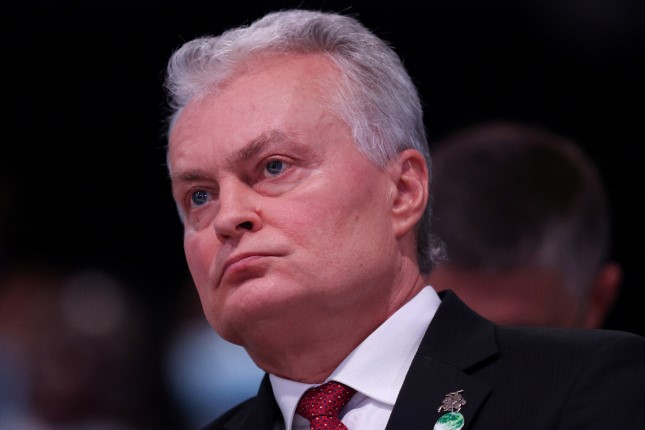I never thought I would see the day, but the day came Monday, when Ahmed al–Sharaa arrived at the White House for a sit-down with President Donald Trump and the usual gaggle of misfits who must be there to make sure the Trumpster understands at least a little of what is being said.
A freak-show terrorist amid all that retro Oval Office elegance: Who could have imagined so offensive a tableau?
Al–Sharaa, alert readers will know, is one of those dripping-with-blood Sunni jihadists who, during the West’s extended covert operation against the Assad regime in Syria, had the habit of changing their names and the names of their murderous militias whenever the world figured out who they were and the extent of their savagery.
Al–Sharaa was known back then as Abu Muhammad al–Jolani, the surname translating as “He of the Golan.” Past beneficiary of C.I.A.–MI6 profligacy during those years when American and British intel financed, armed and trained primitive killers of al–Sharaa’s kind, he is now the president of Syria — the result of a final Anglo-American push that put him in Damascus a year ago next month.
Al–Sharaa–al–Jolani began his brilliant career in 2003, when, at 21, he joined al–Qaeda in Iraq to fight against the American occupation (which, one has to say, was a creditable thing to do in and of itself). Then he hooked up with the Islamic State, via the infamous Abu Bakr al–Baghdadi, to get the Sunni barbarism going back in his native Syria.
After the C.I.A. and MI6 turned “Arab Spring” protests in Syria into a bloody armed conflict in 2011 (early 2012 at the latest), al–Jolani (as he was by this time) helped form Jabhat al–Nusra, al–Qaeda’s front organization in Syria.
But by 2017 al–Nusra was getting an other-than-brilliant press, and al–Jolani changed its name to Hay`at Tahrir al–Sham, HTS, via a merger with… let’s see… by my count, six other not very nice Salafist militias.
HTS was designated a year later as a terrorist organization by the United States and the U.N.; al–Jolani, with the same designation, had a $10 million price on his head.
The world is run in secrecy, I long ago concluded. And it is hard to tell when the invisible powers that determine global events decided to buy al–Jolani some suits, tell him to change his name back to what it was and make him legit.
Rehab Operation

Portion of a poster by the U.S. State Department’s Rewards for Justice program, 2017.
I first clocked that some kind of rehab operation was afoot when, in April 2021, PBS broadcast the first interview with al–Jolani ever to appear in a Western medium. In it, the specially designated terrorist in a blue blazer and a buttoned-down shirt promised to found a “salvation government” in Syria. Martin Smith, a correspondent with a good reputation (at least until April 2021) nods credulously.
Three years and change later, al–Jolani leads his expensively armed forces in a lightning march toward Damascus, backed, as it was all along, by the Western powers, this time by the Turks and probably but not demonstrably the Israelis.
HTS had not even got to Damascus before you read of how terrific it was all going to be. Headline in the Dec. 3 editions of The Telegraph: “How Syria’s ‘diversity-friendly’ jihadists plan on building a state.”
The sectarian violence for which al–Sharaa has lived and breathed all these years has not stopped since he declared himself president for the next five years — violence against the Druze, violence against Christians, violence against Alawites.
The place is a riot of Sunni-driven brutality, so far as one can make out from the spotty reporting. Some of this is reportedly the work of foreign Salafists who have continued to operate — under al–Sharaa’s direction? with his tacit approval? — since the Assad regime fell.
The American edition of The Spectator ran an interesting piece in its Monday edition by Theo Padnos, who spent a year as a prisoner of HTS, under the headline, “The jihadist I knew: my life as al–Sharaa’s prisoner.”
Here is Padnos’s lead:
“As Washington rolls out the red carpet today for the former al–Qaeda chieftain and now Syrian president, Ahmed al–Sharaa, Syria’s minorities continue to live in terror. An army of destruction, half Mad Max, half Lollapalooza is rolling through the desert somewhere south of the country’s capital, Damascus.
Who has ordered these militants into action? No one knows. What do they want? It isn’t clear. But, as a former prisoner of al–Sharaa’s band of jihadists, I can’t say I’m surprised by what is unfolding in Syria.”
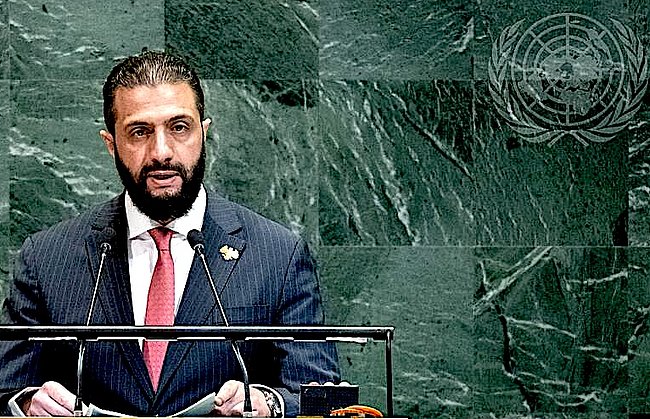
Al-Sharaa at the U.N. General Assembly in September.
You don’t read much about what is unfolding in Syria in the mainstream American press. Instead, you read about “Mr. Sharaa’s journey from a jihadist intent on killing American soldiers to today’s suave, impeccably dressed, conciliatory leader wooing nations across the globe” — this from Roger Cohen in Monday’s New York Times under the headline, “A Syrian Village and the Long Road to the White House.”
Slather on the uplift, Roger.
Or, from Christina Goldbaum in the same paper, same day:
“Mr. al–Sharaa’s meeting in Washington is the latest turn in the transformation of the Islamist former rebel leader, who was once designated as a terrorist by the United States with a $10 million bounty on his head.”
Suave? Conciliatory? Impeccably dressed? No, no, and those suits look like cheap schmatta to me. The latest turn in the transformation?
You see what is happening here, I hope. Just take this criminal as the powers behind him present him and think no more about what was on that long road, or the beheadings, or who financed the journey.
Ms. Goldbaum informs us that al–Sharaa went to Washington this week “to sign an agreement to join 88 other countries in the global coalition to defeat the Islamic State, which remains active in Syria.” Say whaaa?
Al–Sharaa, no stranger to the Islamic State, was sanctioned as a terrorist until the Treasury Department removed him last Friday; Syria is still designated a state sponsor of terrorism. And al–Sharaa is in the Oval Office for some kind of enlistment ceremony?
Age of Comprehensive Secrecy
In our Age of Comprehensive Secrecy we may never know why Trump and his people had al–Sharaa into the Oval Office. My surmise: At issue Monday was how al–Sharaa is to manage — how he will be told to manage — his relations with Israel, given the Zionist state’s objective is to reduce what is still formally called the Syrian Arab Republic to a smashed mosaic mess as it proceeds with its “seven-front war.”
Al–Sharaa is, in short, now a fully certified instrument of the imperium and its appendages. He is to serve an assigned purpose.
As I considered the spectacle of this Salafist murderer sitting in one of those Empire armchairs opposite the Trumpster, it came me that I had seen many times in my somewhat lengthy life the day I thought I would never see.
I had simply forgotten for a moment the history of America’s crumbling republic since the 1945 victories brought it more power than it was ever to manage wisely.
No ground to claim “horrified,” this is to say. Al–Sharaa is an egregious case, brought to Washington by the most egregious man ever to occupy the White House, but he is one in a long line of dictators and assorted deplorables to be so honored.
He is possibly, dare I say this, the crudest of them but not otherwise the worst.
There is the shah of Iran, to take an early postwar case. President Harry Truman welcomed him at the White House in 1949, just two years into the Cold War that he, Truman, started, and fully four years before the C.I.A. and the Brits deposed the democratically-elected Mohammad Mossadegh in Teheran.
Four more presidents brought him back for five more visits — John F. Kennedy in 1962, Richard Nixon in 1969 and 1973, Gerald Ford in 1975 and Jimmy Carter in 1977.
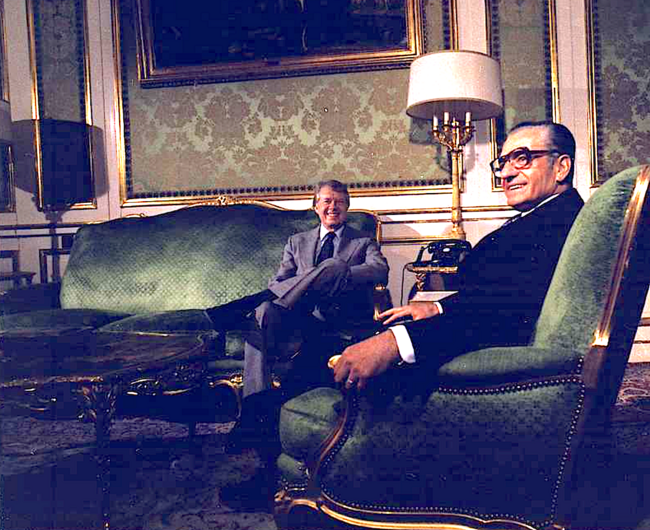
Carter and Mohammad Reza Pahlavi, the shah of Iran.
In 1970 it was Suharto’s turn. Nixon had him for a state visit in 1970, five years after Indonesia’s rivers ran red with the blood of — latest estimate — a million people defending the pride the inimitable Sukarno had imparted to them at independence.
When Reagan had Suharto to the White House he hosted a state dinner and praised this vicious dictator for “your wise and steadfast leadership.”
Augusto Pinochet was Carter’s guest in 1977, four years after the coup that deposed Chile’s President Salvador Allende. Efraín Ríos Montt arrived at Reagan’s invitation in 1982, when, as the worst of Guatemala’s military dictators, he was well into the campaign of terror and genocide that has so scarred psyches of Guatemala’s Mayan population.
Etc., unfortunately.
All of these people and who can count how many others had a purpose, just as al–Sharaa has one. If we insist we are horrified by al–Sharaa’s presence in the Oval Office this week it behooves us to be horrified by the past eight decades of the imperium’s conduct abroad.
Let us take this occasion to come to terms with our purported leaders’ preference for all manner of mass-murders, tyrants, genocidists and dictators, and equally our policy cliques’ abhorrence of democracy and its processes and anyone — beyond the perimeter of the West and sometimes within it — who stands for them.
These people are not aberrations or wrong turns. They are the dramatis personae of American foreign policy. America created some of them. Certainly it created the man who now names himself Syria’s president.
No, Ahmed al–Sharaa ‘r’ us, and we ought finally to come to terms with the reality of which he is merely the latest manifestation.
Source: Consortium News.


